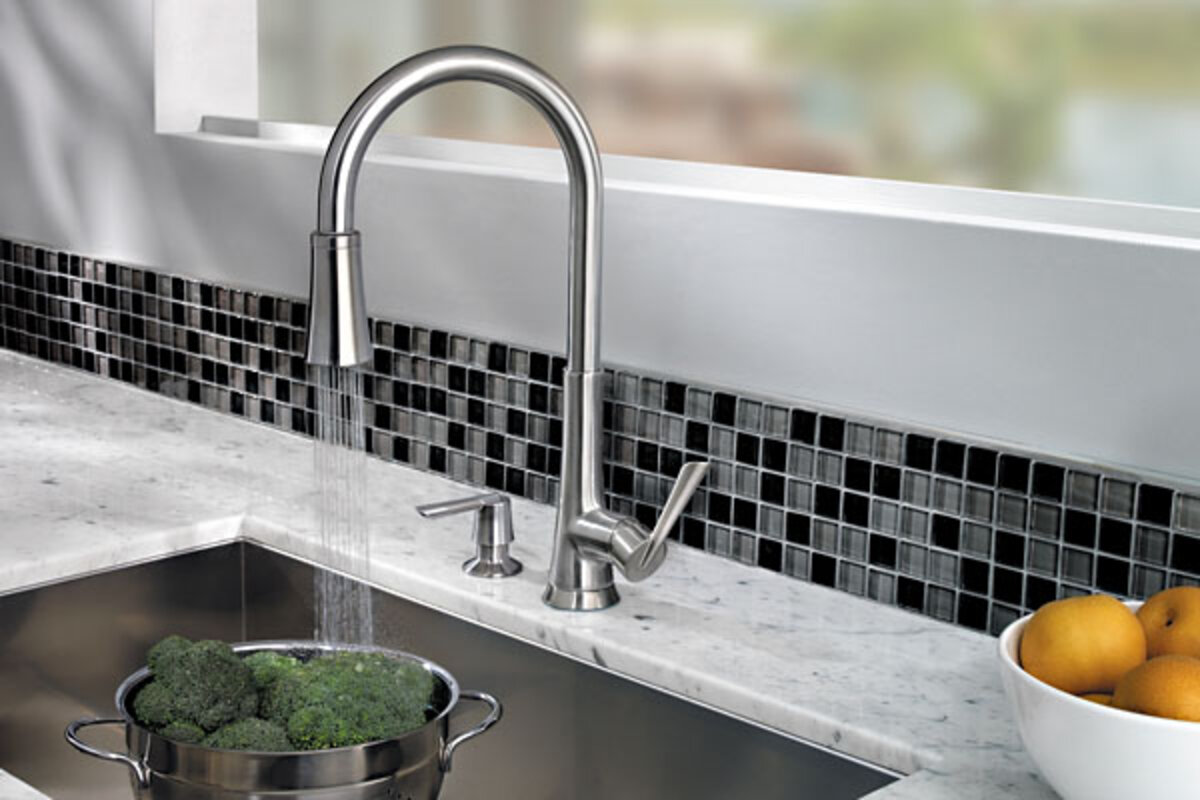How conserving water affects your wallet: 5 ways
Loading...
Does conserving water save real money? Never mind the environmental questions. What does it cost your wallet if you waste a gallon of water?
The EPA reports that cost of water is $2.00 per 1,000 gallons. This varies greatly from area to area: in some dry areas, you’ll pay much more, for example.
So, a single gallon of water wasted will cost you two-tenths of a cent. That’s not much in the big scheme of things. It’s perhaps easier to see it in the context of uses in your home.
Toilet Use
A typical modern toilet uses 1.6 gallons of water per flush, so we’ll use that as a metric. Let’s say you flush a toilet in your home ten times a day. That’s 16 gallons. Over the course of a month, that’s 480 gallons, or about a dollar’s worth of water.
Back in the 1970s, when the mantra was “if it’s yellow, let it mellow; when it’s brown, flush it down,” toilets used between 5 and 7 gallons per flush – let’s call it six. If your toilet was flushed ten times a day, would add up to 1,800 gallons per month, or a little below four dollars of water.
If you used the above philosophy and trimmed out half of those flushings on an old-fashioned toilet, you would reduce your cost by $2 per month, or $24 per year. If you did it on a modern toilet, though, you’d only save $0.50 per month, or $6 per year. It’s perhaps worth it in the first case, but probably not worth it in the second case.
Shower Heads
Modern shower heads vary in flow from one gallon per minute to 2.5 gallons per minute (depending on the head). So, using the numbers above, let’s look at some math.
Let’s say there are three showers taken in your home each day, and each shower lasts for ten minutes. That’s thirty minutes of shower time.
If you’re using a higher-flow showerhead for these showers, you’re using 75 gallons of water per day for showers. Over the course of a month, that’s 2,250 gallons, or about $4.50 in water costs.
If you instead used a low-flow showerhead for these showers, you would be using 30 gallons of water per day for the showers. Over the course of a month, that’s 900 gallons, or a bit less than a dollar in water costs. You save $3.50 per month by having a low-flow showerhead in this example.
If you used my preferred shower money-saving technique, which is to focus on getting the job done in there and shaving off time, you might be able to shave three minutes off of each shower. That drops the total daily shower time down to 21 minutes, saving you $1.50 per month with a high-flow showerhead or about thirty cents a month with a low-flow showerhead.
Faucets
The biggest determining factor in the rate of water use at a home faucet is the aerator, which typically screws onto the end of a faucet. These can restrict water flow by as much as a gallon per minute. For example, most kitchen faucets come with aerators that restrict flow to 2.2 gallons per minute, while bathroom faucets restrict flow to 1.5 gallons per minute. If you install aerators on these faucets, you can reduce them both easily to 1.0 gallons per minute (or move the bathroom aerator to the kitchen, so you have 1.5 in the kitchen and 1.0 in the bathroom).
Let’s say you run water through your kitchen faucet for five minutes a day on average, and the bathroom faucet for two minutes a day. Over the course of a month, your kitchen faucet with the original aerator uses 330 gallons, while your bathroom uses 90 gallons. Do the aerator switch described above, and you are left with 225 and 60 gallons per month, respectively. You’ll save $0.27 per month on your water bill.
Clothes Washers and Dish Washers
Obviously, these devices use a lot of water, and they vary greatly in their efficiency.
An EnergyStar dishwasher uses as little as four gallons of water, while others use as much as six or seven. Older dishwashers and industrial strength dishwashers can use a lot more water. (Washing dishes by hand usually uses more water but far less energy than a dishwasher load, making hand-washing slightly cheaper.)
Washing machines, depending on type, can use anywhere from eight gallons to forty gallons of water per load. If you do a load of laundry per day like we do on average, that adds up to 240 to 1,200 gallons per month, a difference of about $2. Over the course of many years, that can add up quite a lot.
Little Amounts Make a Big Difference
For most household use, the amounts we’re discussing for water use are pretty small. The things you change will save you a few dollars a month. They won’t, by themselves, make an enormous change in your finances.
However, water conservation is one of those things that is an easy small thing to change in your life. The savings that come in from water conservation are almost effortless once the initial change has been put in place.
If you buy a new showerhead and install it to replace a much higher-flow showerhead, you’ll spend $20 or so up front, but thereafter you’ll save a few bucks a month on your water bill. You’ve paid for that showerhead in half a year and after that it’s pure savings.
However, larger replacements, like installing a water-efficient dishwasher, generally aren’t worth it until you’re forced to replace the item for other reasons.
The best change you can make is changing your behavior a little. Take shorter showers. Wash a few dishes by hand instead of running a partial load in the dishwasher. Install more efficient aerators on your faucets (they’re really cheap).
You won’t save a ton of money this way, but you will save a little bit, and that little savings appears each and every month on your water bill. Every little bit helps when you’re pushing to pay off debt or struggling to make ends meet – or even if you’re just trying to gear up to invest your money.





